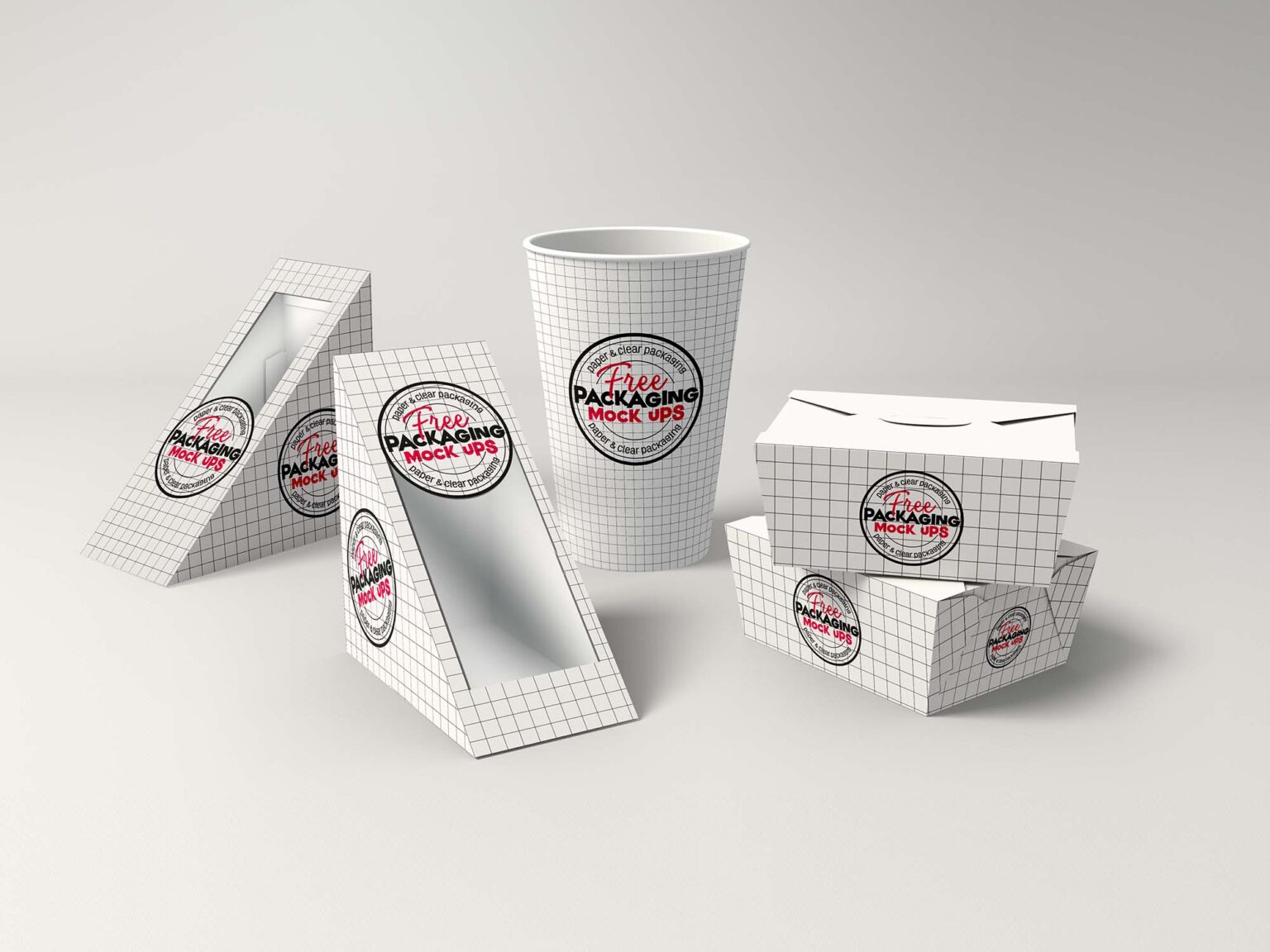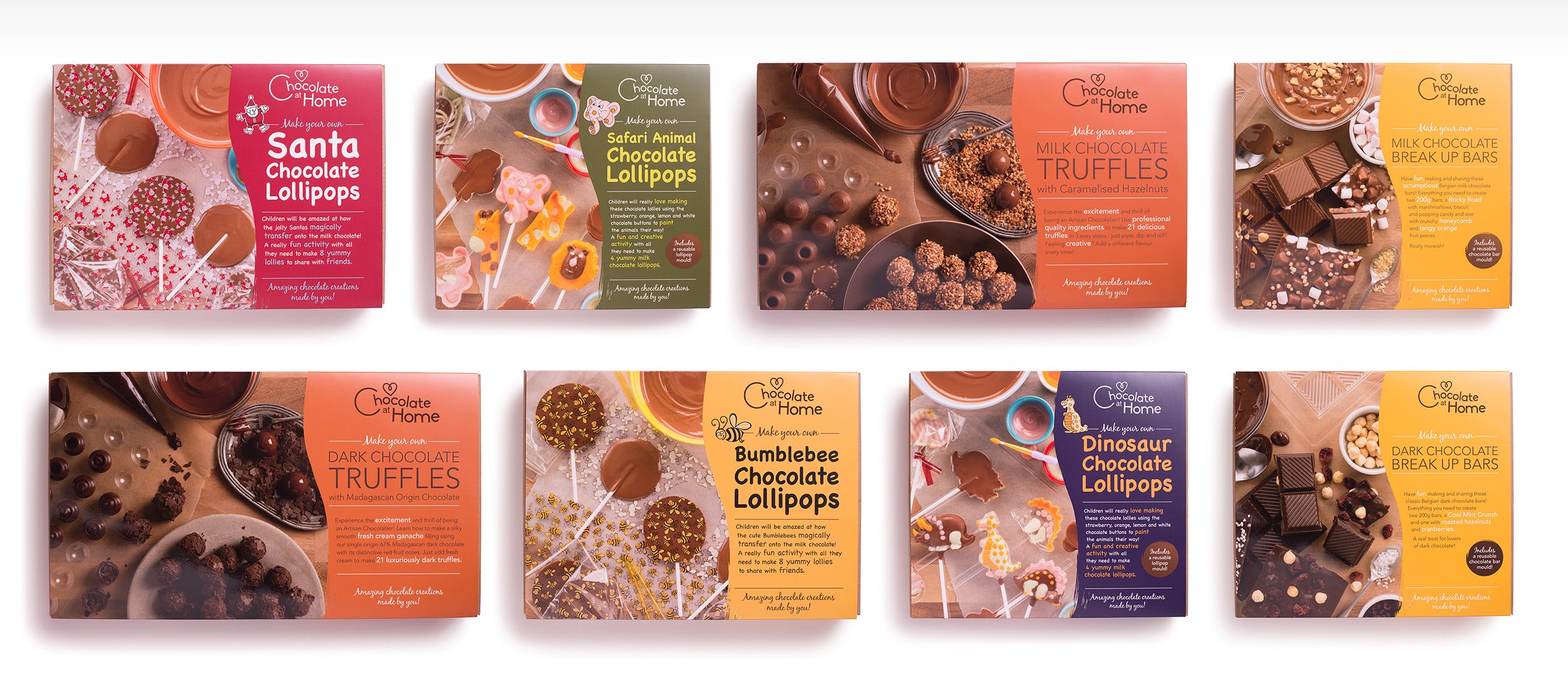Food branding is an art form that captivates consumers, builds loyalty, and drives sales. It’s a strategic blend of identity, positioning, messaging, and packaging that transforms ordinary products into coveted brands. In this comprehensive guide, we delve into the intricate world of food branding, exploring its elements, strategies, and impact on consumer behavior.
From establishing a distinctive brand identity to effectively communicating brand messaging, this guide provides a roadmap for businesses to create food brands that resonate with consumers and stand out in the competitive marketplace.
Brand Identity

In the fiercely competitive food industry, establishing a distinctive brand identity is paramount to capturing consumer attention and fostering loyalty. A strong brand identity serves as a beacon, guiding customers towards your products amidst a sea of options.
Consider the iconic branding of Coca-Cola, with its instantly recognizable red and white logo and signature contour bottle. Over a century of consistent branding has cemented Coca-Cola’s position as a global beverage behemoth.
Elements of Brand Identity
Building a strong brand identity encompasses several key elements:
- Logo:A visual representation of your brand, the logo should be memorable, distinct, and scalable across various platforms.
- Packaging:The packaging of your food products serves as a silent salesperson, conveying essential information and creating an emotional connection with consumers.
- Messaging:The words you use to communicate your brand’s values, personality, and unique selling proposition.
Target Audience
Identifying the target audience is crucial for successful food branding campaigns. Understanding their demographics, psychographics, and behaviors helps tailor marketing strategies that resonate with them.
Consumer demographics include age, gender, income, education, and location. Psychographics encompass values, beliefs, interests, and lifestyles. Behaviors relate to purchasing habits, consumption patterns, and brand loyalty.
Segmentation Strategies
- Age:Segmenting based on age groups allows for targeted messaging and product development that meets specific nutritional needs and preferences.
- Income:Income-based segmentation enables brands to cater to different price points and offer products that align with consumers’ financial capabilities.
- Lifestyle:Lifestyle segmentation considers factors such as health consciousness, cooking habits, and dietary restrictions. This helps brands create products and marketing campaigns that fit consumers’ daily routines and preferences.
Brand Positioning
Brand positioning is a marketing strategy that aims to establish a unique and meaningful image of a brand in the minds of consumers. In the food industry, brand positioning plays a crucial role in differentiating products from competitors and driving brand loyalty.
By defining a clear brand position, food companies can effectively communicate the value proposition of their products and establish a competitive advantage. Brand positioning involves identifying the target audience, understanding their needs and preferences, and developing a positioning statement that succinctly summarizes the brand’s core message.
Importance of Differentiation, Food branding
In today’s highly competitive food market, differentiation is essential for brands to stand out and capture market share. Consumers are bombarded with countless options, and brands must find ways to differentiate their products based on factors such as taste, quality, packaging, and brand values.
By creating a unique brand position, food companies can establish a clear distinction from competitors and appeal to specific consumer segments.
Examples of Successful Positioning Strategies
- McDonald’s:Positioned as a fast, convenient, and affordable dining option, McDonald’s has become a global powerhouse by targeting families and value-conscious consumers.
- Starbucks:Positioned as a premium coffee experience, Starbucks has successfully created a brand associated with quality, luxury, and a sense of community.
- KIND:Positioned as a healthy and ethical snack brand, KIND has gained popularity among consumers seeking nutritious and socially responsible options.
Brand Messaging
Brand messaging is a fundamental aspect of food branding that conveys the unique value proposition, personality, and emotional connection of a food product to its target audience. Effective brand messaging is essential for building a strong brand identity and driving consumer engagement.
Brand messaging consists of several key elements that work together to create a cohesive and memorable brand experience. These elements include:
Tone and Voice
The tone and voice of a food brand’s messaging reflect the brand’s personality and values. They should be consistent across all communication channels and align with the target audience’s preferences and expectations. For example, a playful and lighthearted tone may be appropriate for a brand targeting young consumers, while a more sophisticated and authoritative tone may be suitable for a brand targeting gourmet food enthusiasts.
Key Messages
Key messages are the core ideas that a food brand wants to communicate to its target audience. They should be concise, compelling, and memorable. Key messages often focus on the product’s unique benefits, value proposition, or emotional appeal. For instance, a key message for a brand of organic vegetables could be “Fresh from farm to table” or “Nourishing your body, naturally.”
Examples of Successful Food Brands with Strong Brand Messaging
Numerous food brands have established strong brand messaging that resonates with their target audience and contributes to their success. Here are a few examples:
- Coca-Cola:“Taste the Feeling” conveys the brand’s association with happiness, refreshment, and nostalgia.
- McDonald’s:“I’m lovin’ it” captures the brand’s fun, approachable, and family-friendly image.
- Ben & Jerry’s:“Peace, Love & Ice Cream” reflects the brand’s commitment to social responsibility and its playful, indulgent products.
Packaging Design

In food branding, packaging design plays a pivotal role in creating a lasting impression on consumers. It serves as a powerful marketing tool, influencing purchasing decisions and establishing brand recognition.
When designing food packaging, several key factors must be considered to ensure both functionality and appeal:
Functionality
- Protects and preserves the product, ensuring its quality and freshness.
- Facilitates handling, transportation, and storage, providing convenience for consumers.
- Complies with regulatory standards and industry guidelines, ensuring safety and compliance.
Aesthetics
- Enhances the visual appeal of the product, attracting attention and creating desire.
- Communicates brand identity, values, and personality through design elements, colors, and typography.
- Differentiates the product from competitors, establishing a unique brand identity.
Environmental Impact
- Emphasizes sustainability by using eco-friendly materials and reducing waste.
- Promotes responsible consumption and reduces environmental footprint.
- Appeals to consumers who prioritize environmental consciousness.
Innovative and effective food packaging designs can take various forms:
- Biodegradable and compostable materials, reducing environmental impact.
- Interactive packaging that enhances consumer engagement, such as QR codes or augmented reality experiences.
- Smart packaging that monitors product freshness, quality, and temperature.
- Personalized packaging that caters to individual preferences and dietary needs.
Brand Communication
Brand communication is crucial for food brands to connect with consumers and build a strong brand identity. Effective communication helps convey the brand’s values, personality, and product benefits, ultimately influencing purchase decisions.
Various channels are available for food brands to communicate their messages, including:
- Advertising:Traditional advertising methods like TV, print, and radio can reach a wide audience and create brand awareness.
- Social Media:Social media platforms allow brands to engage with consumers directly, share product information, and build relationships.
- Influencer Marketing:Partnering with influencers who align with the brand’s values can help reach specific target audiences and build credibility.
- Public Relations:Positive media coverage can generate buzz and enhance brand reputation.
li> Packaging:Product packaging is a key communication channel that conveys important information and creates a lasting impression.
Integrating brand communication across different channels is essential for a consistent and cohesive brand experience. Brands should ensure that their messages and visuals are aligned across all touchpoints, reinforcing the brand’s identity and values.
Successful Brand Communication Examples
Here are some examples of successful food brands that have effectively communicated their brand through various channels:
- McDonald’s:Known for its iconic advertising campaigns and strong social media presence, McDonald’s has created a recognizable and beloved brand.
- Coca-Cola:With its consistent messaging and iconic packaging, Coca-Cola has built a global brand that evokes happiness and refreshment.
- Chipotle:Chipotle’s commitment to sustainability and transparency has been effectively communicated through its marketing and packaging, resonating with health-conscious consumers.
Brand Loyalty

In the highly competitive food industry, cultivating brand loyalty is paramount for long-term success. Loyal customers provide a stable revenue stream, drive positive word-of-mouth, and contribute to a brand’s overall reputation.
Brand loyalty is fostered through various factors, including customer satisfaction, trust, and emotional connection. Satisfied customers are more likely to repurchase and recommend a brand, while trust builds through consistent delivery of high-quality products and reliable service.
Emotional Connection
Establishing an emotional connection with customers is crucial for building brand loyalty. Food brands can create such connections by evoking nostalgia, family values, or aspirations. For instance, Coca-Cola has successfully tapped into emotional appeal through its “Share a Coke” campaign, which personalized bottles with popular names.
Examples of Brand Loyalty
Several food brands have excelled in cultivating strong brand loyalty. Examples include:
- Starbucks:Known for its premium coffee and cozy ambiance, Starbucks has built a loyal customer base through personalized experiences and a strong rewards program.
- McDonald’s:Despite facing competition, McDonald’s has maintained its brand loyalty through its iconic menu items, affordable prices, and consistent service.
- Kraft:A household name for processed foods, Kraft has established trust and loyalty through generations of families by delivering reliable and affordable products.
Popular Questions: Food Branding
What is the importance of brand identity in food branding?
Brand identity is crucial as it creates a unique and recognizable image for food products, differentiating them from competitors and establishing a strong foundation for brand recognition and loyalty.
How can businesses identify their target audience for food branding campaigns?
Understanding consumer demographics, psychographics, and behaviors is essential for identifying the target audience. Market research and data analysis can provide valuable insights into consumer preferences and buying habits.
What is brand positioning and why is it important in food branding?
Brand positioning involves defining the unique value proposition of a food product and differentiating it from competitors. It helps establish a clear brand image and guides all aspects of branding, ensuring consistency and effectiveness.
